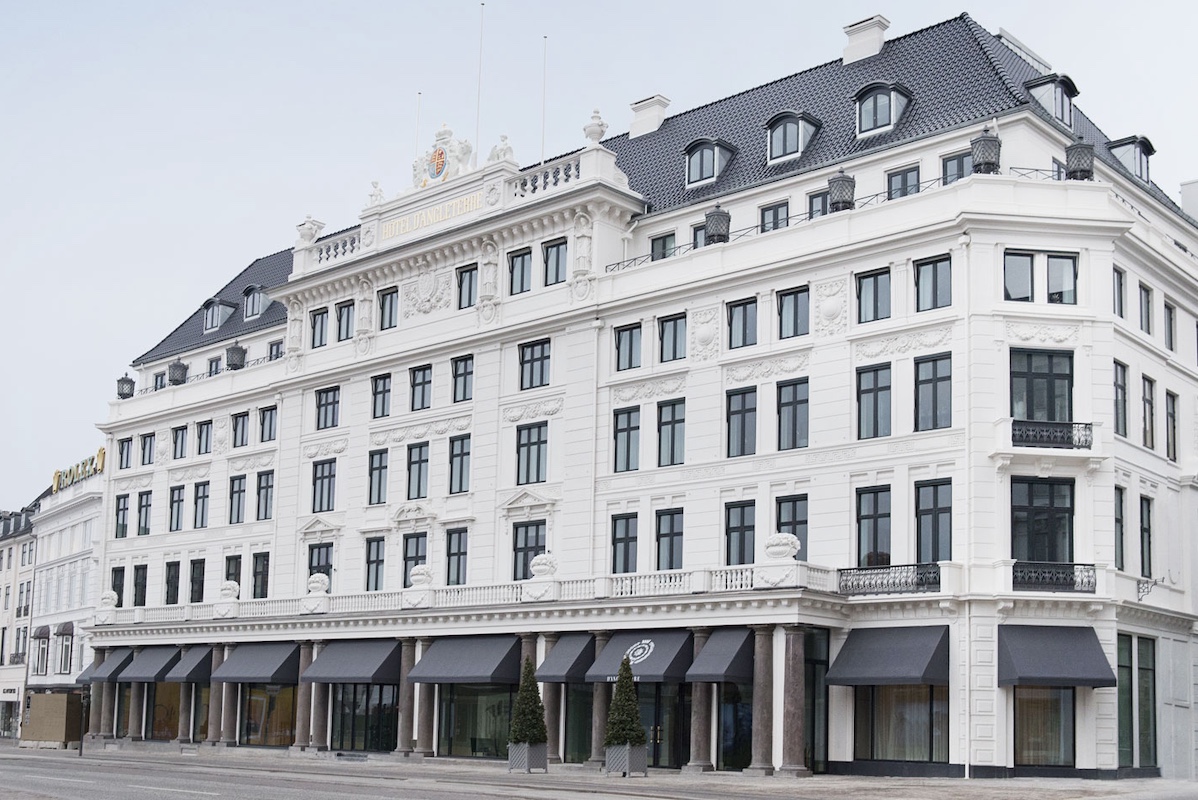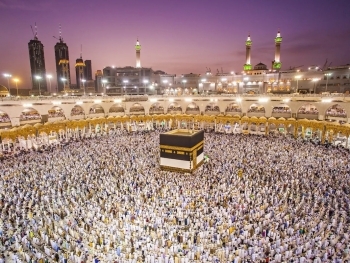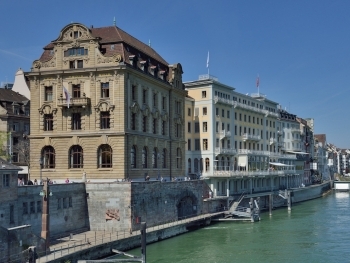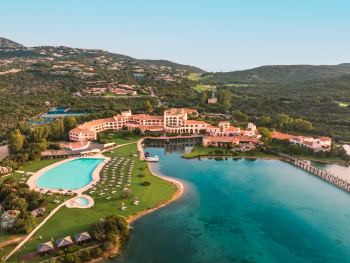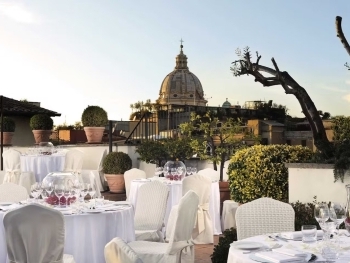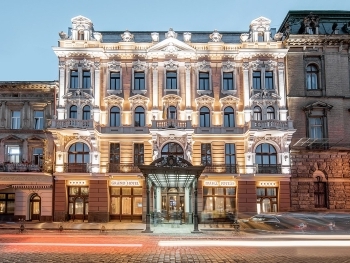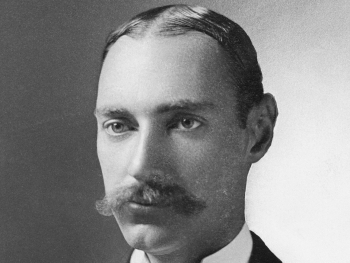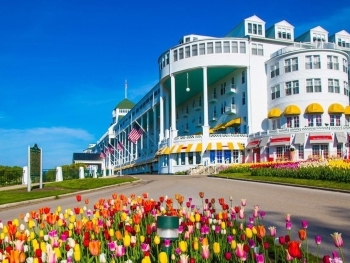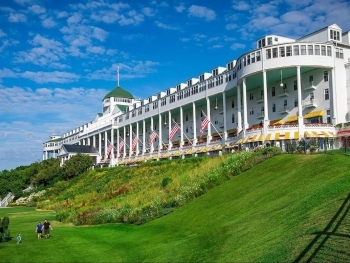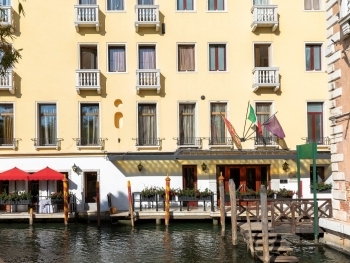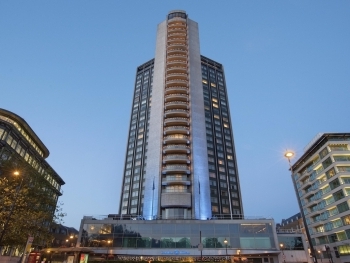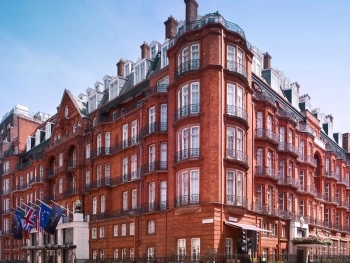Hotel D'Angleterre, Copenhagen's most illustrious and historic lodging, boasts a rich tapestry woven over centuries. Its story starts with a love affair, blossoms into a grand hotel, and weathers the storms of war and economic hardship.
From Humble Beginnings to Grand Hotel (1750s - 1870s)
The love story of Jean Marchal, a hairdresser, and Maria Coppy, the royal chef's daughter, laid the foundation for the hotel. In 1755, they opened a restaurant named "The Strong Man's Garden," later moving to Kongens Nytorv. While Jean offered elegant rooms and ample space for guests' carriages and horses, Maria's culinary talents shone in the kitchen.
Tragedy struck when Maria passed away young. Jean remarried, but he too died prematurely. Despite these setbacks, the establishment continued under his widow's leadership.
In 1787, Gottfried Rau, the new owner, catered to "The English Club" and renamed the place Hotel d'Angleterre. A fire in 1795 destroyed the building, but Rau relocated to the nearby Grams Gård, which remains the hotel's current location.
The 19th century saw significant developments. In 1840, the hotel became a hotspot for musical entertainment with composer H.C. Lumbye's debut concert. By 1872, a major expansion led by C.F. Tietgen transformed it into a luxurious hotel matching European standards. New wings were added, a grand oven capable of warming thousands of plates was installed, and a lavish wine cellar emulated the French style.
Challenges and Resilience (1900s - 1990s)
The 20th century brought its share of difficulties. A fire in 1915 ended the success of the popular "The Golden Cure" café. World War I dampened spirits, with the hotel requisitioned by Russian refugees. The Great Depression further strained the business.
The darkest chapter arrived with World War II. The German occupation forced the hotel to become their headquarters. However, the Danes displayed their defiance in subtle ways. The corner café patrons would rise in unison, banging their tables and shouting "Pay, Pay!" whenever a German officer entered, effectively deterring them.
The hotel persevered through the war years and the economic recession of the 1980s.
Revitalization and Renewed Glory (1990s - Present)
In 1993, H. Remmen took ownership with a vision to restore the hotel's former grandeur. The facade on Kongens Nytorv was meticulously renovated, followed by the now-famous Christmas decorations that became a cherished tradition.
The opulent Palm Court was re-inaugurated in 2001, featuring a breath-taking, massive glass mosaic by Italian designer Poli. The addition of a spa and fitness center with Scandinavia's largest hotel swimming pool further enhanced the guest experience.
Today, Hotel D'Angleterre stands as a testament to Copenhagen's history and hospitality. It has transformed from a humble restaurant to a luxurious haven, weathering challenges with resilience and adapting to changing times.
